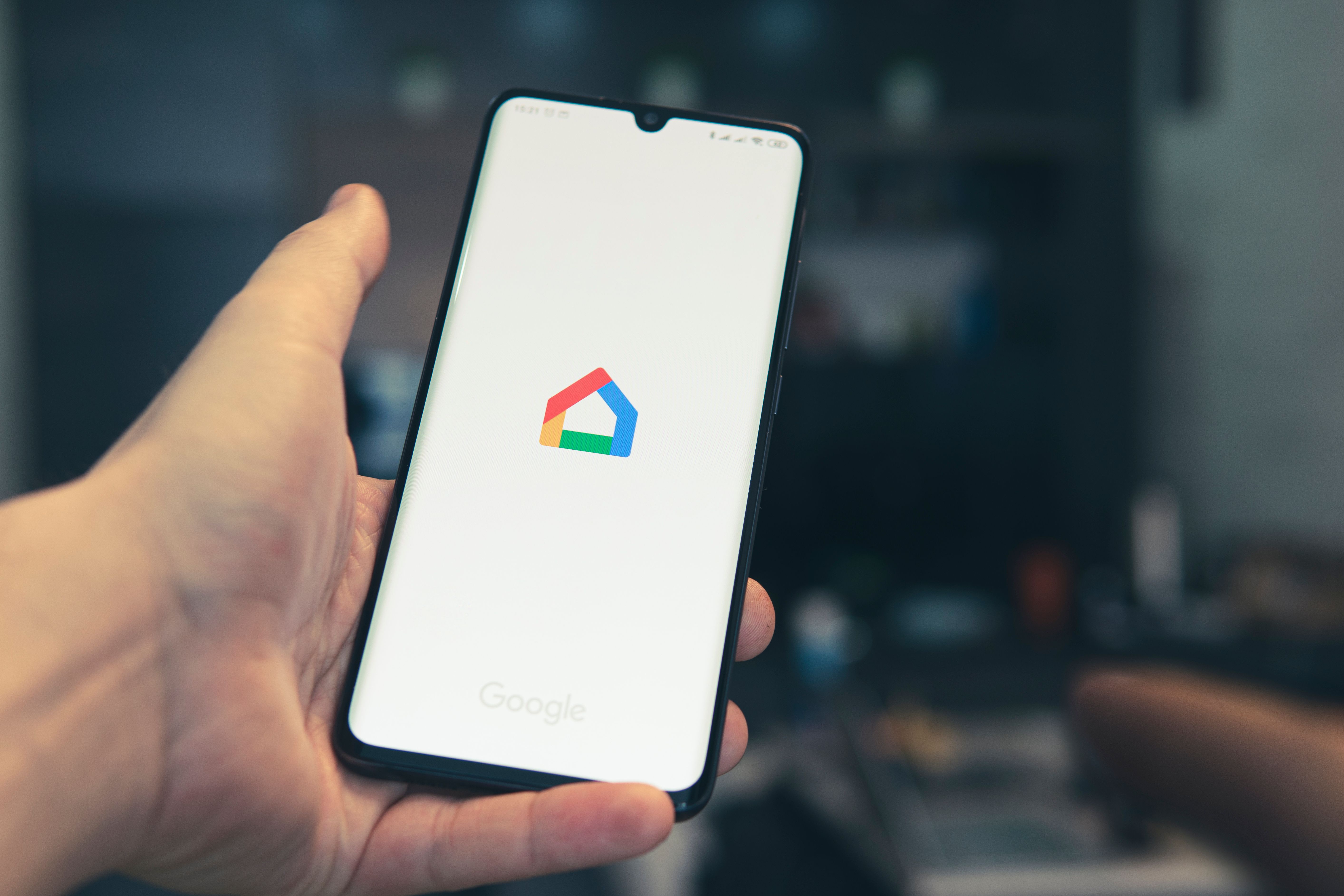Google finally fixed the Home app experience late last year with a new design for the smart home platform that promised fewer taps to control your IoT devices, alongside deeper customization options. The goal was to make the app a one-stop shop for configuring your smart home devices. However, there was still limited support for other smart tech in your home, including curtains and window shutters, until now. This appears to be changing, as evidenced by a few redesigned interfaces within the Home app.
French outlet GHomeFrance has spotted several UI tweaks for many of the popular smart home devices (via 9to5Google). The overhaul allows you to actually control connected objects, including curtains, window shutters, garage doors, mowers, heaters, and diffusers or humidifiers. Previously, these device types were only visible in the "Devices" tab, with no way to adjust them.
One of the most notable changes is a sliding bar that allows you to adjust the level at which the curtain opens. For shutters, there are two side-by-side buttons for turning them on or off, alongside level controls. Heaters are also easier to configure with new buttons corresponding to different modes, while the UI control for diffusers has added the ability to choose between auto, high, medium, and low.
The Home app has also gained handy interface updates for other smart home appliances, such as ovens. As a result, you'll be able to switch between modes on your Whirlpool W9 cooking range or turn it off with a single tap. These settings also apply to other brands that are Matter-compatible or work with Google Assistant.
Source: GHomeFrance
These changes come on the heels of the expansion of live camera previews to other home security cameras, such as Wyze and Reolink, allowing users to view their live camera feeds from within the app. Last month, Google Home also gave a few beta testers the ability to reorder devices in the "Favorites" tab.
These new functionalities demonstrate Google's efforts to address many of the Home app's pain points, such as complicated setup and perplexing integrations. And with its full commitment to Matter, we can count on the platform improving support for more smart home devices in the future.

